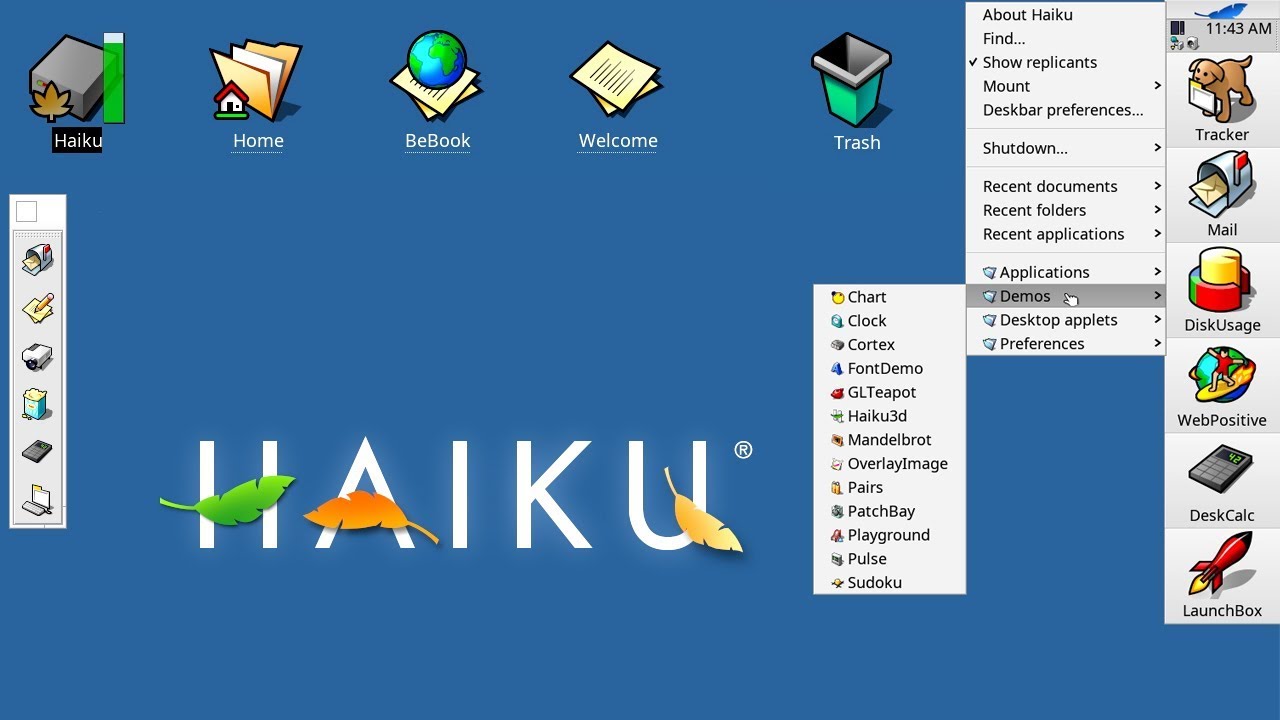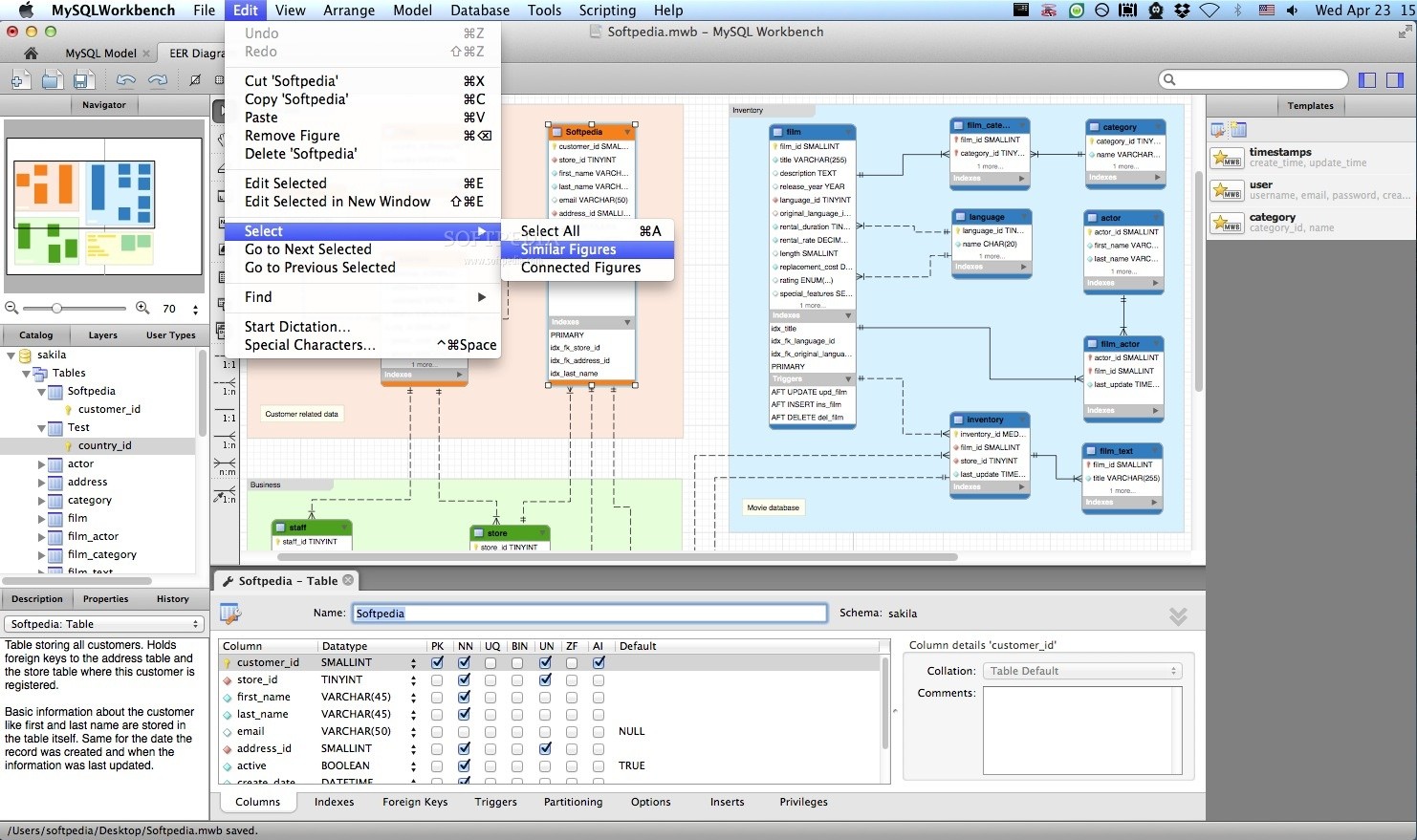The 2000s were a golden era for portable gaming, but not every handheld console achieved mainstream success despite offering unique experiences and innovative features.
🎮 The Dawn of Forgotten Innovation
While the Nintendo DS and PlayStation Portable dominated headlines and sales charts throughout the 2000s, numerous other handheld consoles emerged from the shadows, each attempting to carve out their own niche in the competitive portable gaming market. These devices, though commercially unsuccessful, represented bold experiments in gaming technology, design philosophy, and user experience that deserve recognition for their contributions to the evolution of handheld gaming.
The story of these forgotten handhelds is not merely one of commercial failure but rather a fascinating exploration of ambition, innovation, and the harsh realities of competing in an industry dominated by established giants. Many of these devices pushed boundaries, introduced novel concepts, and provided gaming experiences that were genuinely unique, even if they failed to capture the public’s imagination or wallet.
The N-Gage: Nokia’s Ambitious Gaming Phone Hybrid
Released in 2003, the Nokia N-Gage represented one of the most ambitious attempts to merge mobile phone functionality with dedicated gaming hardware. Nokia, riding high on its dominance of the mobile phone market, believed it could challenge Nintendo’s stranglehold on portable gaming by offering a device that served dual purposes.
The original N-Gage featured a 2.1-inch screen, Bluetooth connectivity, and the ability to play Symbian OS games while functioning as a fully operational mobile phone. The device boasted impressive specifications for its time, including a 104 MHz ARM processor and support for multiplayer gaming through both Bluetooth and cellular networks.
Design Challenges and Notorious Quirks
The N-Gage’s design became instantly infamous for its awkward form factor. The device required users to hold it horizontally for gaming but vertically for phone calls, resulting in the mocked “sidetalking” position where users held the edge of the device to their ear. Game cartridges were located behind the battery, requiring users to power down the device and remove the battery cover to change games—a baffling design decision that frustrated users.
Despite these flaws, the N-Gage library included genuinely impressive titles such as Tony Hawk’s Pro Skater, Call of Duty, and Pathway to Glory. The device’s online multiplayer capabilities were ahead of their time, predating widespread online gaming on handhelds by several years.
🔧 The Gizmondo: A Cautionary Tale of Ambition
The Gizmondo, released in 2005, stands as perhaps the most spectacular failure in handheld gaming history. Marketed as a multimedia powerhouse, the device featured GPS navigation, a digital camera, MP3 playback, SMS messaging, and of course, gaming capabilities. On paper, the Gizmondo seemed like the ultimate convergence device.
The hardware specifications were impressive for 2005: a 400 MHz ARM9 processor, 64 MB of RAM, a 2.8-inch TFT screen with 320×240 resolution, and support for Bluetooth connectivity. The device also featured unique elements like GPS-enabled gaming, which allowed developers to create location-based gaming experiences years before Pokemon GO made the concept mainstream.
The Downfall of Tiger Telematics
The Gizmondo’s failure stemmed not from technology but from the spectacular mismanagement and alleged criminal activity surrounding its parent company, Tiger Telematics. The company burned through hundreds of millions of dollars with little to show for it, released only a handful of games, and collapsed amid scandals involving executives with connections to organized crime.
Only 25,000 units were ever sold, making the Gizmondo one of the rarest gaming devices of the 2000s. Today, these devices are collector’s items, valued more for their historical infamy than their gaming capabilities.
The Tapwave Zodiac: Gaming Meets PDA
In 2003, Tapwave introduced the Zodiac, a device that attempted to bridge the gap between Palm OS personal digital assistants and gaming handhelds. The Zodiac came in two models—the Zodiac 1 with 32 MB of RAM and the Zodiac 2 with 128 MB—and featured dedicated gaming controls alongside traditional PDA functionality.
The device’s specifications were impressive: a 200 MHz ARM processor, a 3.8-inch 480×320 touchscreen, stereo speakers, and an analog stick for gaming. The Zodiac supported both Palm OS applications and dedicated gaming titles, creating a unique ecosystem that appealed to productivity enthusiasts and gamers alike.
A Library of Potential
The Zodiac’s game library included ports of popular titles such as Tony Hawk’s Pro Skater 4, Doom II, and Duke Nukem Mobile, alongside original games designed specifically for the platform. The device’s multimedia capabilities allowed users to watch videos, listen to music, and even edit documents, making it genuinely versatile.
Unfortunately, Tapwave ceased operations in 2005 after failing to secure additional funding. The company sold approximately 200,000 units during its brief existence, falling far short of the numbers needed to sustain the business and continue development.
📱 The GP32 and GP2X: Korean Innovation
GamePark’s GP32, released in 2001, and its successor the GP2X, released in 2005, represented a different approach to handheld gaming. These devices were marketed primarily toward enthusiasts and developers, with an open-source philosophy that encouraged homebrew development and emulation.
The GP32 featured a 133 MHz ARM CPU, a 3.5-inch screen, and no regional lockout or copy protection. This openness made it a favorite among hobbyist developers and retro gaming enthusiasts who appreciated the ability to run custom software and emulators without modification.
The GP2X Evolution
The GP2X improved upon its predecessor with dual 200 MHz ARM processors, SD card support, and better multimedia capabilities. The device could play various video formats, display photos, and play music, in addition to running games and emulators. The GP2X developed a dedicated cult following, particularly in enthusiast communities focused on homebrew development and retro gaming preservation.
While neither device achieved mainstream commercial success, they influenced the development of later open-source handhelds and demonstrated the viability of community-driven gaming platforms years before the concept became more widespread.
The XGP and XGP Kids: Ambitious Vaporware
GamePark Holdings, formed after a split from the original GamePark company, announced the XGP in 2005 as a successor to the GP32. The device promised impressive specifications including a 533 MHz processor, 3D graphics acceleration, WiFi connectivity, and a 4-inch touchscreen. The XGP Kids variant was designed as a more affordable, child-friendly option.
Unfortunately, the XGP never materialized beyond prototypes and press releases. Development issues, financial constraints, and manufacturing challenges ultimately doomed the project. The company eventually pivoted to creating the GP2X, but the XGP remains a fascinating example of ambitious hardware that never reached consumers.
🎯 Why These Devices Failed: Common Threads
Analyzing the failures of these forgotten handhelds reveals several common factors that contributed to their commercial demise. Understanding these elements provides insight into the challenging nature of the portable gaming market and why establishing a successful handheld console requires more than innovative hardware.
Lack of Compelling Software Libraries
Every failed handheld suffered from insufficient software support. Without exclusive, compelling games that justified purchasing the hardware, consumers had little reason to invest in unproven platforms. Nintendo and Sony secured their dominance through strong first-party titles and extensive third-party support that these smaller competitors couldn’t match.
Price Point Problems
Many of these devices launched at premium prices that positioned them above established competitors despite offering unproven value propositions. The N-Gage cost $299 at launch, competing directly with the Game Boy Advance SP priced at $99. The Gizmondo launched at $229, later reduced to $229 after dismal sales, but still couldn’t compete with the PSP’s perceived value.
Marketing and Distribution Failures
Effective marketing and widespread retail availability are crucial for consumer electronics success. Most of these forgotten handhelds suffered from limited marketing budgets, poor retail presence, and inability to generate consumer awareness. Without visibility, even innovative products struggle to find their audience.
The Legacy of Forgotten Innovation
Despite their commercial failures, these forgotten handhelds contributed meaningful innovations to the gaming industry. The N-Gage pioneered online multiplayer gaming on handhelds and the convergence of gaming and mobile phone functionality. The Gizmondo explored GPS-based gaming years before it became mainstream. The GP32 and GP2X championed open-source gaming and community-driven development.
Many concepts introduced by these devices eventually found success in later products. The smartphone gaming revolution validated the N-Gage’s vision of combined phone and gaming functionality. Location-based gaming became enormously popular with titles like Pokemon GO and Ingress. The indie gaming scene and digital distribution models owe debts to the open-source philosophy championed by devices like the GP32.
🏆 Collecting These Rare Devices Today
For retro gaming enthusiasts and collectors, these forgotten handhelds represent fascinating pieces of gaming history. Their rarity, unique features, and historical significance make them desirable collector’s items, though availability and condition vary significantly.
Market Values and Availability
The Gizmondo remains extremely rare, with complete systems commanding premium prices among collectors. The N-Gage and its games are relatively more common but still sought after, particularly limited edition models. The Zodiac maintains a devoted following among Palm OS enthusiasts and retro gaming collectors. GP32 and GP2X devices remain popular in homebrew communities, with active forums and development continuing even today.
Finding these devices typically requires searching specialty retro gaming stores, online auction sites, and dedicated collector forums. Condition, completeness, and included accessories significantly impact value and collectibility.
Lessons for Modern Hardware Developers
The stories of these forgotten handhelds offer valuable lessons for modern hardware developers and entrepreneurs considering entering the gaming market. Success requires more than innovative hardware—it demands compelling software, strategic pricing, effective marketing, strong retail partnerships, and sufficient financial resources to sustain operations through the challenging early adoption phase.
The recent success of devices like the Nintendo Switch and Steam Deck demonstrates that opportunities still exist for innovative handheld gaming devices, but these modern successes benefit from lessons learned from earlier failures. Strong software libraries, competitive pricing, effective marketing, and backing from established companies with deep resources proved essential.
🌟 Remembering the Underdogs
The forgotten handheld consoles of the 2000s deserve recognition not for their commercial success but for their ambition, innovation, and willingness to challenge established market leaders. These devices represented genuine attempts to push boundaries, explore new concepts, and provide alternative gaming experiences.
For gaming historians and enthusiasts, these forgotten devices provide fascinating glimpses into alternative paths the industry might have taken. They remind us that innovation requires risk, that failure often precedes success, and that even commercially unsuccessful products can contribute meaningful ideas to the evolution of gaming technology.
The legacy of these devices lives on in modern gaming technology, in the passionate communities that preserve and celebrate them, and in the lessons they provide for future hardware developers. While they may have failed commercially, these forgotten handhelds succeeded in pushing boundaries and exploring possibilities that enriched the gaming landscape.
As we continue advancing into new eras of gaming technology with virtual reality, cloud gaming, and ever-more-powerful portable devices, we should remember these ambitious underdogs that dared to challenge giants and explore uncharted territory in the competitive world of handheld gaming.
Toni Santos is a visual historian and creative artisan whose work channels the bold spirit of the steam-powered era—a time when imagination, mechanics, and ambition converged to reshape the modern world. Through richly detailed visual narratives and handcrafted design, Toni celebrates the legacy of steam innovation as both an artistic and technological revolution.
Driven by a passion for mechanical aesthetics, forgotten inventions, and industrial-age ingenuity, Toni reimagines the world of steam through illustrations, tactile artifacts, and storytelling that capture the poetry of pressure, motion, and invention. From piston-driven engines to brass-detailed diagrams, each piece reveals how steam wasn’t just power—it was promise.
With a background in visual design and historical research, Toni brings a craftsman’s eye and a dreamer’s heart to the stories of tinkerers, inventors, and visionaries who shaped the 19th century. His work doesn’t merely document machines—it honors the culture, courage, and creativity that drove a world to reimagine itself through gears, valves, and vapor.
As the creative voice behind Vizovex, Toni shares curated articles, reconstructed blueprints, and visual interpretations that bring this industrial past to life. His collections serve as a tribute to:
The elegance of steam-era design and innovation
The human stories behind great mechanical feats
The aesthetic beauty found in function and form
The echo of invention in today’s creative world
Whether you’re a history lover, a fan of steampunk, or an admirer of antique technology, Toni welcomes you into a world where art and machinery fuse, one cog, one drawing, one rediscovered marvel at a time.





